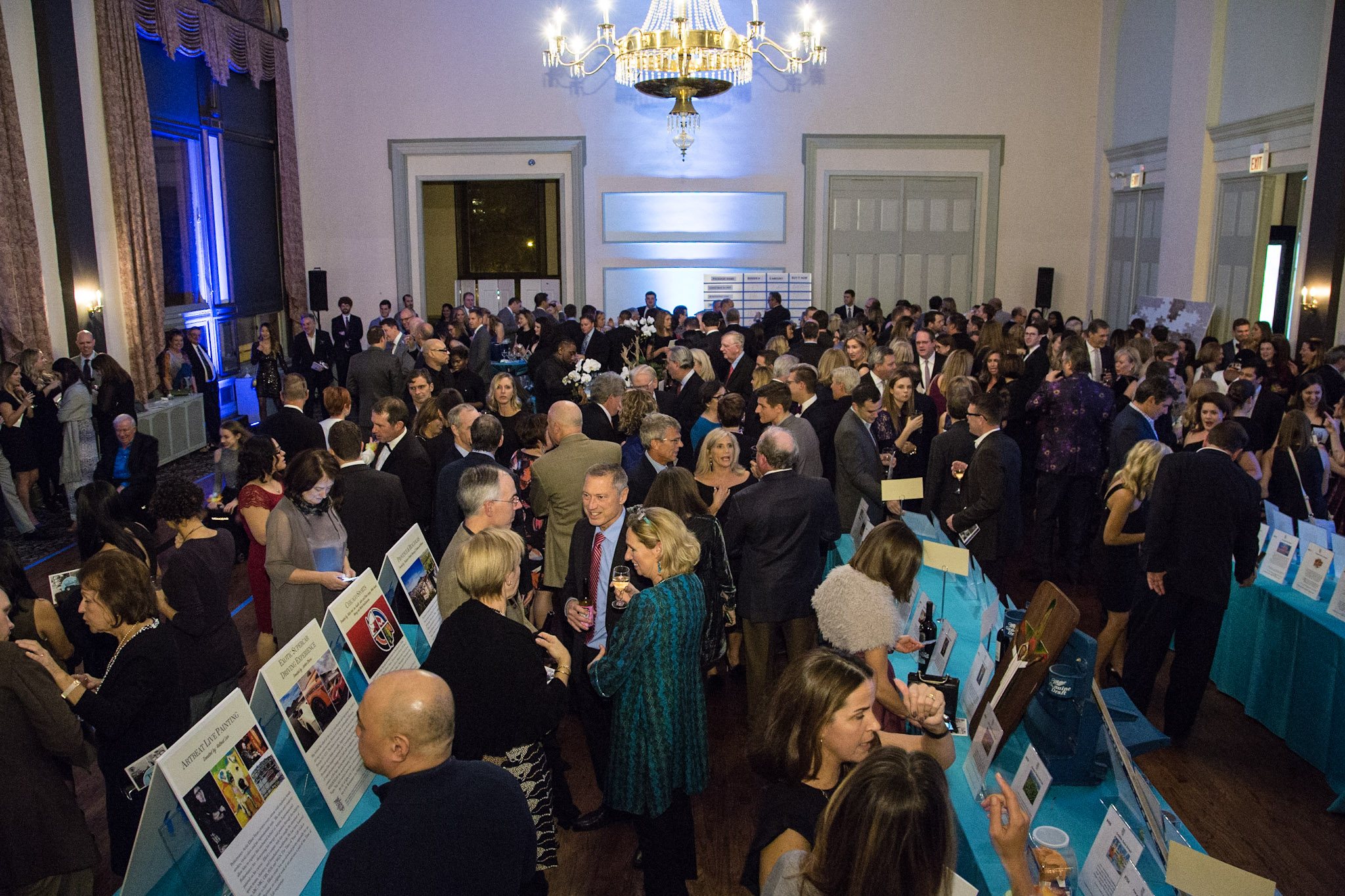Aug 8, 2019
Maximizing the ROI of Fundraising Auctions

Most nonprofits will plan one or two big events in a year, which puts the pressure on to maximize the ROI of fundraising auctions. Organizations need to find a multitude of ways to increase revenue streams to avoid leaving any money on the table. The following are some tips to help development teams create financially successful events and improve existing fundraising auctions.
An ROI-Generating Event
As you begin to plan an event or fundraising auction, it is critical to think like a businessperson. Set a budget and keep track of expenses. Obviously, the goal is to invest money in an event with the intention of creating a return on investment (ROI). Examine last year’s fundraising goals and build out this year’s to create a budget to match the required costs.
Revenue – Expenses = Profit
According to Charity Watch, a good expense ratio to aim for is 35 percent or less. This means that for every $100 raised, your organization should have paid $35 or less. It is important to remember the expense ratio will vary slightly depending on the size of the organization.
Next, divide the event factors into two categories: ones that generate a return on investment and those that do not. An ROI-generating event factor might be the venue. A large, creative venue, such as a car dealership, sports stadium or airplane hangar, can attract more donors and raise more money for your good cause.
Another ROI-generating event factor is the fundraising technology company your organization chooses as a partner. Research what features are included in the mobile bidding technology company under consideration. For example, are services provided per event or are they charged on an annual basis? What type of event support will your organization receive? Does the mobile bidding company charge a transaction fee for credit card processing? Do they charge a fee per text to inform your donors if they are about to be outbid in an auction and need to increase their bid, for example? Do they offer a flat fee that brings predictability to your budget?
Invest in CRM
A Consumer Relationship Management (CRM) tool is also an ROI-generating event cost because the right technology can help communicate regularly with donors to remind them to attend. Here it is important to research what services are included beyond storing donor data and what kind of support your organization will receive.
Event factors such as flowers, decorations, entertainment, and food are not considered to provide a direct return on investment. So, these are the areas where it makes the most sense to look for ways to save money or seek in-kind donations from local companies in exchange for raising their visibility.
Know your goals before meeting with specific vendors. For example, are any of your volunteers or board members in a band that would be willing to perform as an in-kind event sponsor or at a lower fee in exchange for recognition in event collateral materials?
Auction prize procurement can be one of the most tedious parts of planning an event. Prepare early. Consider what types of items were popular in previous years. Sometimes less is more. Ask board members and volunteers where they would go on vacation, what jewelry they would buy, and other fixed amounts can help focus the search for auction items and experiences. Seek donations. Tap into your board, volunteers and key supporters.
Consider how you plan to make your donation appeal at the event itself. There are several types of such appeals: celebrity, emotional (a compelling speech from a constituent or family member who has been served) or engage a live auctioneer. Each type has its pros and cons.
Make sure that if you hire a professional, such as an auctioneer, that his or her style fits the intended tone or mood of the event. Consider talking up the live auction with key supporters gaining some advance ringers that help set the giving standard and encourage others in the room to be as generous as possible. Be careful the tone, approach and starting dollar amounts match the event audience and size of the event. For example, a casual luncheon will have lower opening bid amounts than a formal black-tie evening gala.
Include plenty of fundraising components making it easy for donors to give. Fundraising technology companies often allow organizations to “virtually” open the auction portion of the event online before the event actually begins. This allows people from out of town to participate and can be an event saver in case of inclement weather.
Event fundraising components to consider include:
- Sponsorships
- Ticket sales
- Silent auction
- Live auction
- Fund-a-need (aka paddle raise)
- Raffle
- Other revenue enhancers (e.g. wire pull, heads or tails, dessert dash, casino)
Planning an annual gala can be time-consuming, but it does not need to be overwhelming. Reach out for help from volunteers, board members, CRM systems and fundraising technology companies and keep the focus where it belongs — on raising the most money for the clients who need you.
For more event-related best practices, jump into any episode from our Summer Jam Series!
Related



